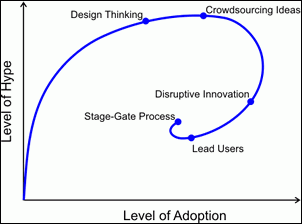6 Mind Mapping Uses for Personal Productivity
With the increase of, and dramatic improvement in, mind mapping software and its emergence as a value-adding toolkit conveniently available for use on our computers, laptops, tablets, etc. signifies that mind-mapping can be used within an every-day working environment. Jamie MacDonald takes a closer look at six uses for mind mapping in business situations that most of us engage in on a frequent basis.




